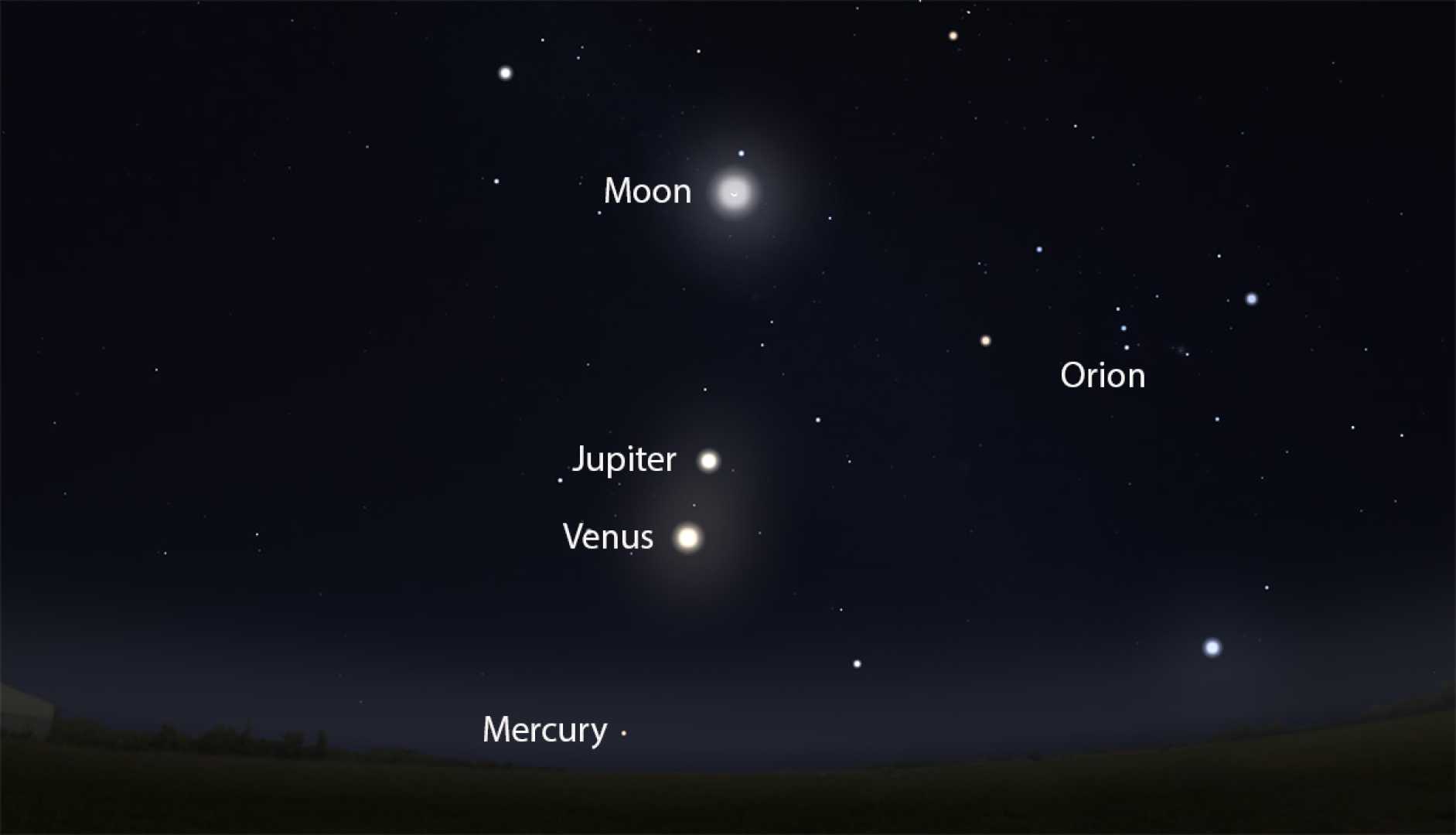News
Six Planets to Align in Night Sky This August

SEATTLE, WA — Starting August 10, a rare celestial event will take place as six planets — Mercury, Venus, Jupiter, Saturn, Uranus, and Neptune — align in the night sky. This planetary parade, visible to the naked eye for four of the planets, will continue until the end of the month, allowing stargazers to catch a glimpse of this rare spectacle.
Mercury, Venus, Jupiter, and Saturn will be easily visible, while Uranus and Neptune will require binoculars or a telescope. The best viewing time will be in the early morning before sunrise, with the prime date for observing these planets occurring on August 23 when moonlight is minimal.
In the northern hemisphere, observers can expect to see Neptune and Saturn to the southwest, followed by Uranus to the southeast. Venus and Jupiter will appear in the east, with Mercury just above the horizon. Conversely, viewers in the southern hemisphere will need to look north to spot these planets.
According to astronomy experts, Neptune and Saturn will rise together between 8:30 PM and 10 PM local time. Saturn, known for its stunning rings, will be particularly bright and should be visible without any equipment. Neptune, however, will be faint and is best observed on nights without moonlight.
Uranus will rise later in the evening, with the ideal conditions for viewing expected to occur around August 23, as its visibility improves. Jupiter and Venus, the two brightest planets, will rise together shortly after.
This unique alignment won’t happen again until February 2026, making this month an exceptional opportunity for skywatchers. For the best experience, enthusiasts are encouraged to find a dark location away from city lights, ideally with a clear horizon for optimal visibility.
Be mindful, however, when observing Mercury as it is too close to the sun. Safety precautions should be taken to avoid looking at the sun directly, even with binoculars or telescopes.
Stargazers are eagerly anticipating this planetary parade, which promises to illuminate the night sky with these celestial bodies before the end of August.












